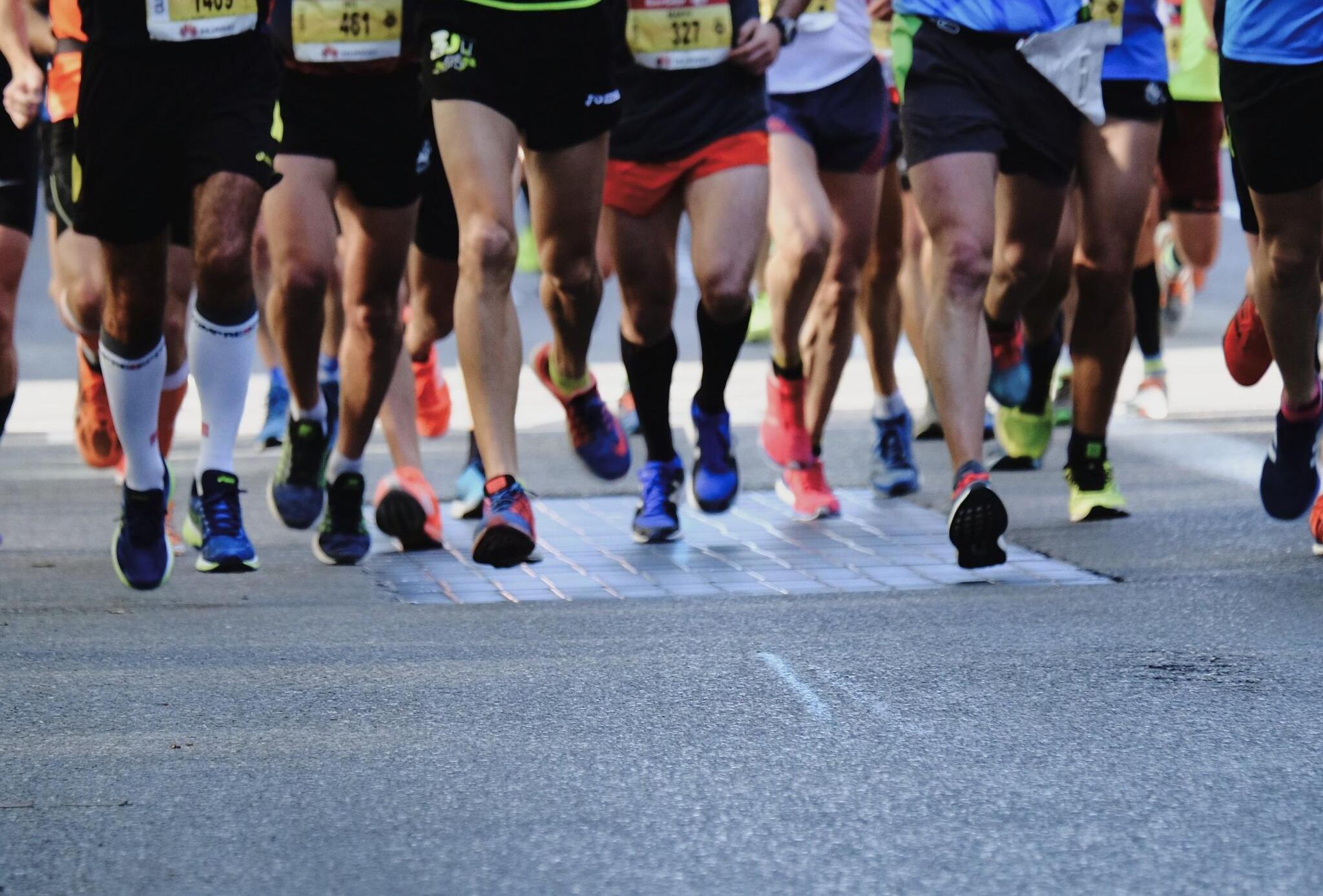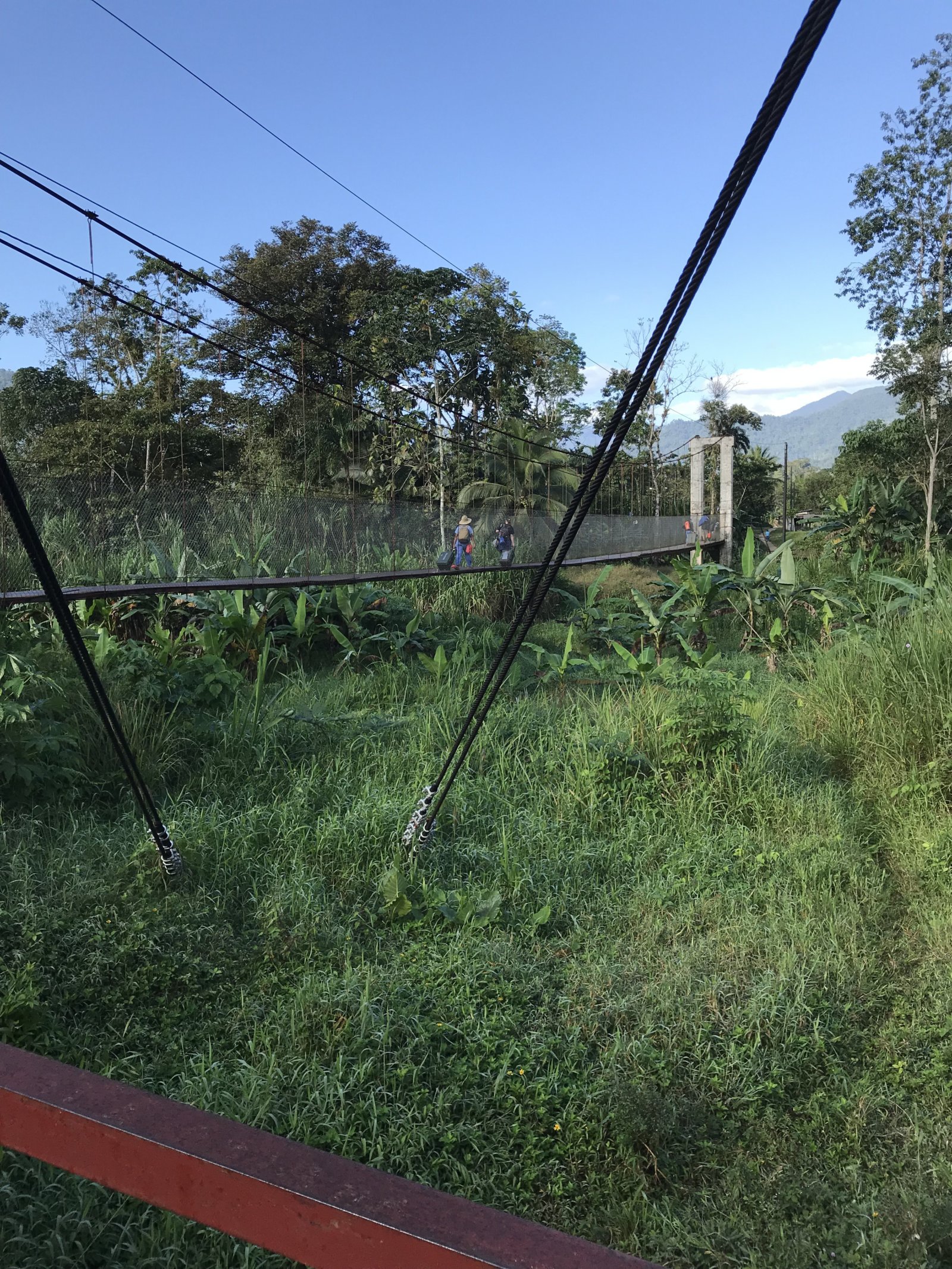When my husband and I decided to quit our regularly scheduled New York City lives and embark on a three-month-long adventure through Southeast Asia, I knew our once-in-a-lifetime experience would come with an equally epic packing list: hiking boots for a trek to the top of Mount Bromo; an evening dress for sparkling drinks at Bangkok’s Sky Bar; a half-dozen bottles of sunscreen for days spent lying on Bali’s beaches; the list goes on and on.
In all, I estimated my packing list could likely top 114 items — an amount unlikely to fit into the 40-liter backpack we’d bought to carry everything I’d need for those 90-odd days. Eek.
To say I felt overwhelmed would be an understatement. However, I’m hardly the first person to be daunted by packing. It’s a feeling many people get before a vacation, according to Hitha Palepu, author of “How To Pack: Travel Smart For Any Trip” and founder of Hitha On The Go.
Understanding the Packing Dilemma
Palepu explains, “There’s a comfort in being home that’s hard to replicate on the road. You have all your creature comforts: your own bed, your coffee the way you like it, and your whole wardrobe at your disposal. To distill everything that makes you feel you — in a tiny bag — can feel overwhelming for a week-long trip. For months? It’s almost oppressive.”
Palepu emphasizes that months on the road often involve a lot of unpacking and repacking, and more options lead to more time spent packing and less time exploring. Consequently, it’s crucial to quite literally lighten the load.
Essentials for a Two-Week Journey
The first step is to reduce the amount of clothing. Packing experts agree that two weeks’ worth of clothing — shirts, shorts, and everyday bottoms that can be mixed and matched — is all that’s necessary. Gillian Morris, CEO of Hitlist, advises, “Start practicing wearing the same basic outfit day to day while you’re at home. You’ll realize it’s simple to get by with a few staple pieces; it’s calming to avoid difficult decisions about what to wear each morning.”
According to Leslie Willmott, a packing professional, I’ll need two or three shirts for every bottom, which leads to a packing strategy of six shirts and two shorts in neutral hues like black, white, and beige. “Neutral colors are the most versatile,” Willmott states, allowing transitions from casual to chic with ease. She further advises planning to wear each item several times throughout the trip and limiting shoes to three pairs.
Smart Packing Strategies
To ensure I pack the most versatile options, Willmott suggests organizing clothing on hangers for easy coordination. If an item can mix and match into three outfits, it goes in the bag, otherwise, it stays behind.
In addition to clothing, Palepu recommends seven pairs of socks, 14 pairs of underwear, four bras, two pairs of pajamas, two pairs of workout leggings, a maxi skirt, and a long-sleeve chambray top that doubles as a light jacket.
Doing laundry on the go becomes essential for this travel plan. Anne McAlpin, a packing expert, suggests packing a collapsible duffel bag that serves dual purposes as a laundry bag and a beach bag or day pack. This flexibility allows room for souvenirs without crowding the main backpack.
Handling Laundry on the Go
On days without access to laundromats, hand-washing clothes becomes necessary. For this, McAlpin recommends using a two-gallon Ziploc bag, highlighting its practicality for laundry. Additionally, Palepu suggests using Laundress brand detergent, known for being an excellent travel option. With the Ziploc bag, we can create makeshift washing machines when sinks are inadequate, and hanging damp clothes on a clothesline offers a simple drying solution.
Moreover, a Tide pen is handy for maintaining shirt cleanliness without occupying much space.
Travel Necessities
For toiletries, McAlpin advises packing essentials for the flight: a tube of toothpaste or a bottle of eco-dent tooth powder, face wash, deodorant, and a hairbrush. Items like shampoo, conditioner, and body wash are often provided by hotels, but if not, local stores will have suitable replacements.
It’s also vital to pack a universal power adapter, with Morris recommending the Kikkerland universal travel adapter. This device is necessary for charging laptops and Kindles, while compact ROAV sunglasses can easily fit in a pocket.
Maximize Your Packing Space
To maximize packing efficiency, experts highly recommend using packing cubes to sort and compress clothing items. McAlpin suggests color-coding the cubes, making it easy to locate specific items quickly. “Using packing cubes has been life-changing,” she says, noting that rolling items into the cubes optimizes space.
For efficient packing, Palepu advises starting with the largest, bulkiest items first and the smallest and most flexible last. She proposes packing clothes in half of the bag while allocating compartments for undergarments, shoes, and toiletries.
With careful planning and a strategic reduction of planned items, I should successfully fit everything into a single manageable backpack. Remember, a lighter bag is always more maneuverable. Willmott reinforces this point, stating, “Regardless of how much weight an airline allows, if you can’t lift it — not your travel companion — it’s too heavy!”





